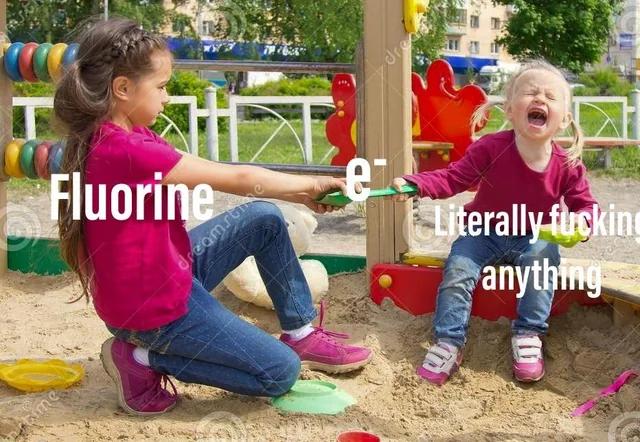For anyone not acquainted with Things I Won't Work With
And yes, what happens next is just what you think happens: you run a mixture of oxygen and fluorine through a 700-degree-heating block. "Oh, no you don't," is the common reaction of most chemists to that proposal

